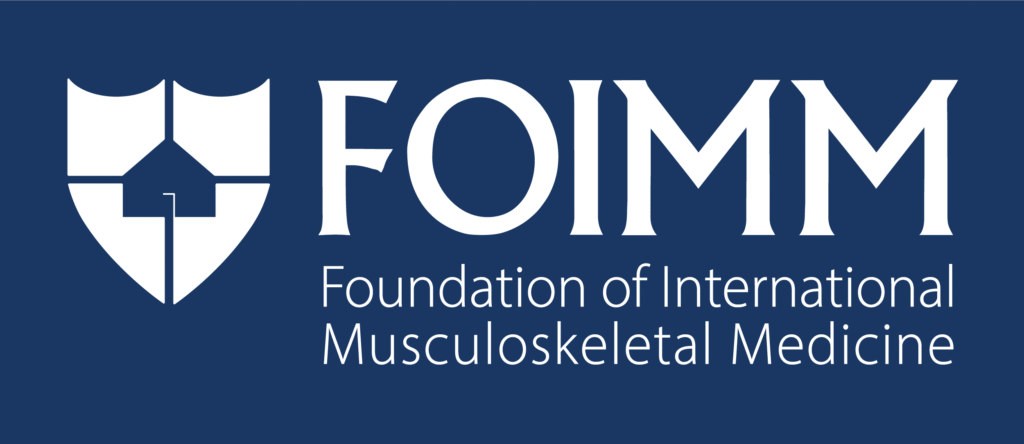SUBMISSION GUIDELINES
Original Research Papers
We accept Original research, including quantitative and qualitative research, case studies and case reports. These articles should be 3000 words or less, excluding the references and abstract. All submissions in this category will be subject to anonymous peer review by 2 reviewers.
Research papers should generally follow the pattern of Introduction, Methods, Results and Discussion, conclusion.
The introduction should be a simple analysis and literature review of the background of the title and justification to the purpose of the article.
The methods section should include sufficient information to enable other clinicians to reproduce your work. Any work involving patients must have appropriate ethical approval from the relevant Research Ethics Committee. In addition, written permission from children, parents or guardians to publish photographs of individuals must be submitted. The methods section should also include details of statistical methods if they are used and state which software, if any, was used to obtain the results. Any apparatus used in the study should be reported in terms of manufacturer and location (city, county, country). The methods section should be as reliable as possible.
The results section should be clear and easily understood. Rather than presenting the reader with masses of data, summarise the results in tablet form and graphs. We recommend you Keep all raw data in event we get enquiries. Consider how statistical data is presented, ensure that descriptive and inferential statistics are used appropriately to provide meaning to the data collected.
Tables and figures should be numbered consecutively as they are referred to in the text, and placed after the references on a new sheet. Abbreviations should be explained in a footnote and only horizontal lines should be used. Table and figure captions/legends should be included on a separate sheet.
The discussion will allow you to summarise the major findings of your work and explain its relevance in terms of the available literature and current practice. It is helpful if the first paragraph briefly summarises the major findings. The discussion will also allow you to address any potential weaknesses in the methodology and justify why the research was performed in a particular way. It is important to keep the discussion relevant to the results obtained.
Finally the title and abstract can be written. The abstract should be structured (limited to 300 words) consisting of ‘Background and Purpose’ (why the research done), ‘Method’ (what was done), ‘Results’ (what was found) and ‘Conclusion’ (what was concluded). The title itself should describe the contents of the paper succinctly and accurately.
Case Studies
Case studies differs from that given above and should start with an ‘Introduction’, followed by ‘Case Report’ (history, investigations, treatments, outcome), ‘Discussion’ and ‘Conclusion’. Case reports may be notable because they either focus on a rare condition or on a new method of treatment. The use of false names in case reports is encouraged but if a child is recognisable in the report (due to the condition or the specific nature of the treatment given), then written consent for publication should be obtained. Case reports should be no longer than 2,500 words.
Review Papers
Systematic reviews should consist of a thorough literature search and critical appraisal of individual studies using a standard strict criteria. Less formal review articles will summarise the current literature on a particular topic. The paper should aim to educate and question current thinking and understanding.
Review papers should be no more than 4,000 words.
Letters to the Editor
Letters to the Editor can be on any issue pertinent to Musculoskeletal medicine. Letters should be no more than 500 words long
Referencing
All work submitted for peer review should be referenced in the Vancouver style:
Vancouver is a numbered referencing style commonly used in medicine and science, and consists of:
- citations to someone else’s work in the text, indicated by the use of a number
- a sequentially numbered reference list at the end of the document providing full details of the corresponding in-text reference
It follows rules established by the International committee of Medical Journal Editors, now maintained by the U.S. National Library of Medicine. It is also known as Uniform Requirements for Manuscripts submitted to Biomedical Journals.
- References are listed in numerical order, and in the same order in which they are cited in text. The reference list appears at the end of the paper.
- Begin your reference list on a new page and title it ‘References.’
- The reference list should include all and only those references you have cited in the text. (However, do not include unpublished items such as correspondence).
- Use Arabic numerals (1, 2, 3, 4, 5, 6, 7, 8, 9).
- Abbreviate journal titles in the style used in the NLM Catalog
- Check the reference details against the actual source – you are indicating that you have read a source when you cite it.
- Be consistent with your referencing style across the document.
The Submission Process
Place your submission in a Word format via the Contact Us page – clearly indicating the nature of the submission, e.g. case series, research project.
Ensure that your copy includes information about the author (full name, qualifications, email address). Once your submission has been received you will receive feedback from the reviewers indicating whether the copy has been accepted for publication.
There are 2 simple levels of acceptance:
- acceptance – no amendments required
- rejection – not suitable for publication
Pre-submission Advice and Support
he Editorial Board welcomes pres-submission questions and are also available to offer additional advice and guidance to support you in preparing your submission.
Please contact the Journal Editor – admin@foimm.com
© 2020 All rights reserved FOIMM
